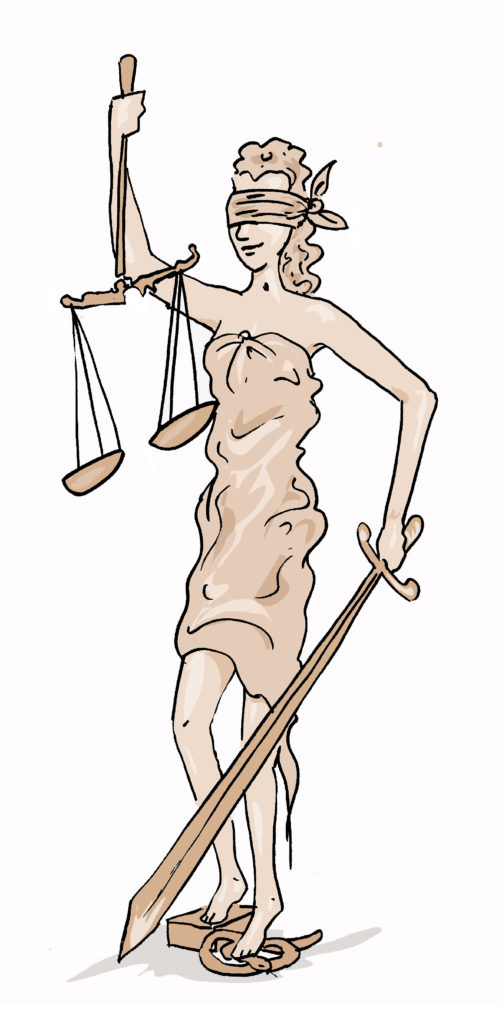This year’s legislative session was a big one, so big that I will need to break it down into separate blogs. There were three bills that passed this session, that will have an impact on workers’ compensation. The biggest of which was SB 289, which made changes to apportionment, who can sign C-4s, determinations sent by fax, liens, accepting a PPD while still contesting certain issues, vocational rehabilitation, and costs. This blog will discuss the changes to the statute that govern apportionment of PPD awards.
What is apportionment?
The easiest why to describe apportionment in terms of workers’ compensation is… it is a method to assign part of a permanent impairment to either a prior industrial injury or a non-industrial injury. Rating doctors apportion when they are evaluating an injured worker for a permanent impairment and the injured worker has a prior injury that is contributing to their overall permanent impairment. For example, if an injured worker was in a car accident that resulted in a back injury, then a year later hurts their back at work, the rating doctor might find that the prior back injury had an impact on the subsequent work injury. Apportionment allows a doctor to attribute some of the permanent impairment to the prior injury leaving the workers’ compensation insurer only responsible to the portion of impairment the doctor says is from the work accident.
How does SB 289 affect apportionment?
Prior to SB 289 a PPD rating physician or chiropractor could apportion a percentage they felt “just” whether they had medical records to justify the percentage or not. For example, if a doctor felt a prior back injury was contributing to an injured worker’s current back injury often times the rating doctor would apportion 50%. In this example, the injured worker might be found to have a 10% impairment and only receive a 5% after apportionment. Thus, dramatically reducing their PPD award.
With the passing of SB 289, a rating physician or chiropractor can no longer apportion if there was no prior PPD award, unless: 1) the insurer proves the existence of an impairment prior to the injured worker’s date of injury for the current claim, and 2) the rating physician or chiropractor states to a reasonable degree of medical probability that the injured worker would have had a specific percentage of disability immediately before the date of the injury. Thus, the days of an automatic 50% apportionment are gone!
In summary how will this affect your workers’ compensation claim moving forward?
If you have not had a prior PPD evaluation for the same body part or unless the workers’ compensation insurance company has medical records of a prior injury to the same body part and a rating doctor assigns a specific percentage of impairment to your prior injury do not worry about apportionment.



















